We recently bought another project car - a 1966 Standard Herald Mark II. Inspired by a couple of excellent resto threads elsewhere on the forum, here is the story of ours.
First a brief introduction to the car itself. Standard Motors began selling the Michelotti designed stylish two door saloon (the Coupe name was reserved for a more rakish-roofed 2 seater version) in India around 1960 or 1961, from their premises in Madras. India was the only country to continue using the Standard name for the Herald (I guess given its positive brand equity with the preceding 8 and 10, as well as the more premium Vanguard range). Elsewhere in the world the car was badged a Triumph. Of course, we only got the entry level 948cc version. Still, the car was well received with its modern looks (compared to contemporary Fiats and Hindustans) and sporty handling. While it was still a traditional body on chassis construction, it sported independent suspension and a tight turning radius of just 25 feet.

Here is a list of changes in the model lifecycle - to the best of my knowledge, I could be wrong.
The initial models were offered in attractive two tone colours like signal red, conifer green or Winchester blue over sebring white. They also had plastic/fibre (?) dash boards with a large Jaeger speedo (usually light grey faced). The earliest cars had the boot lid 'Standard' script above the number plate light, later moving to the right side, diagonally. I call these models the Mark 1 A
A page from the owner's manual
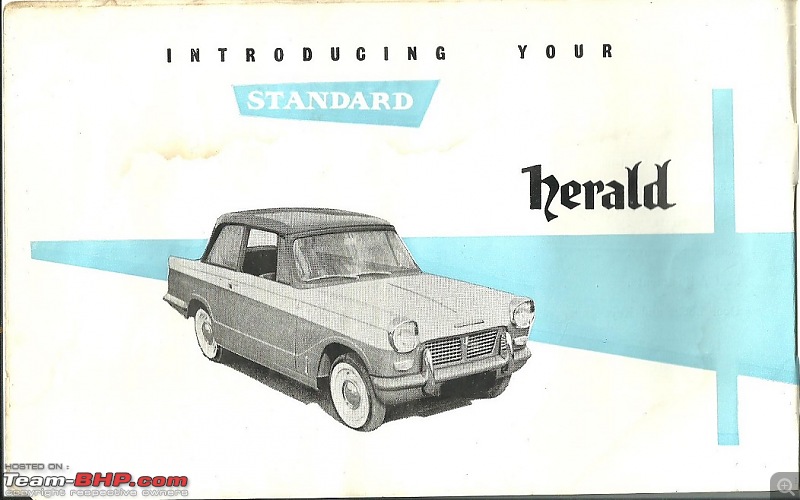
They really looked smart in these colour schemes. Note the dual bulb park light.

The earliest dash boards

The 'mesh' vent on the early cars

The rear view - note the badge placement.
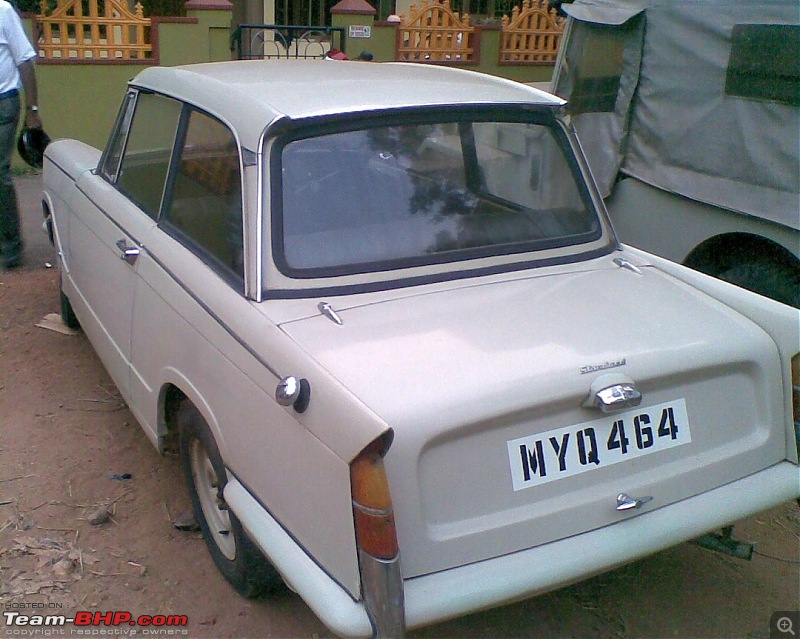
I guess around 1963 a few changes were offered with further localisation - namely a wooden dash with smaller Yenkay gauges and smaller parking lights. The two tone options were probably discontinued. Steering wheels were now black from the earlier grey. I call these models the Mark 1 B.
A page from the owner's manual
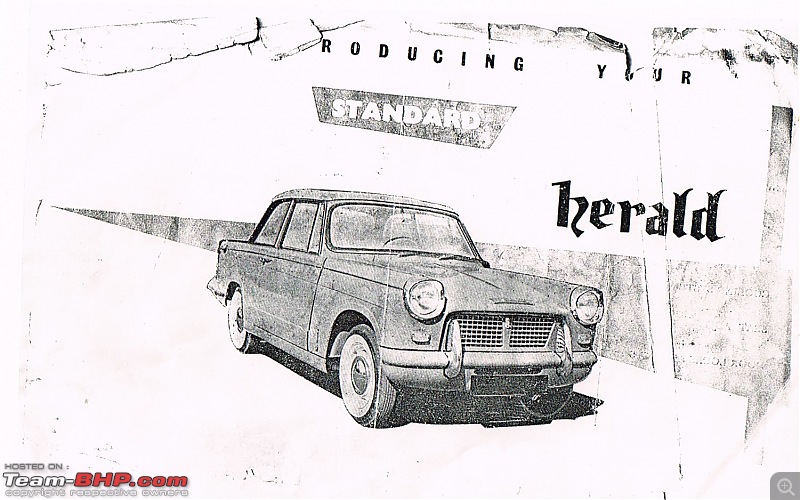
This is a 65 Mark 1 in Hyderabad, originally from the royal family of Dharampur. Completely original and preserved (including Phatom Grey paint), it has run only 5000kms, and is the best car for reference.

Note the badge placement moved to the right.
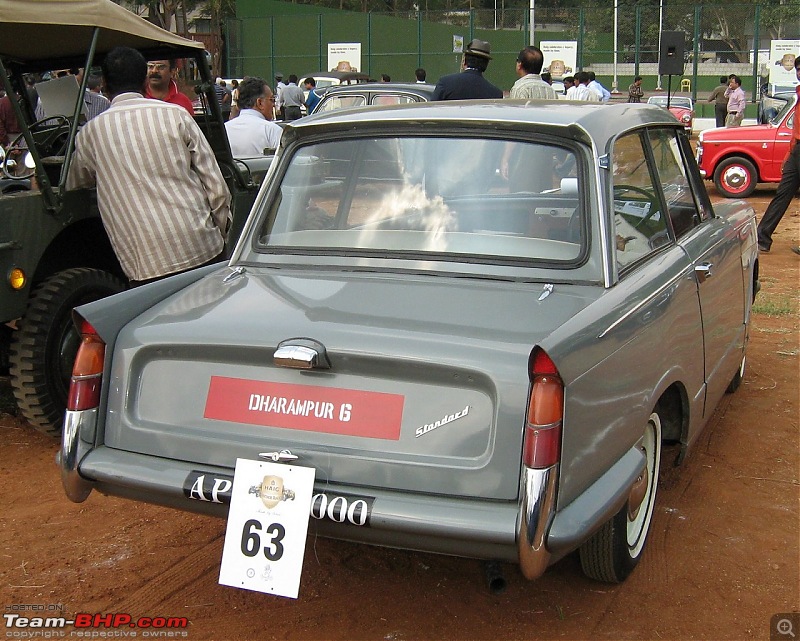
New dash with local instruments.

The ventilation grille at the top of the bonnet (base of the windscreen) was now a new louvered design
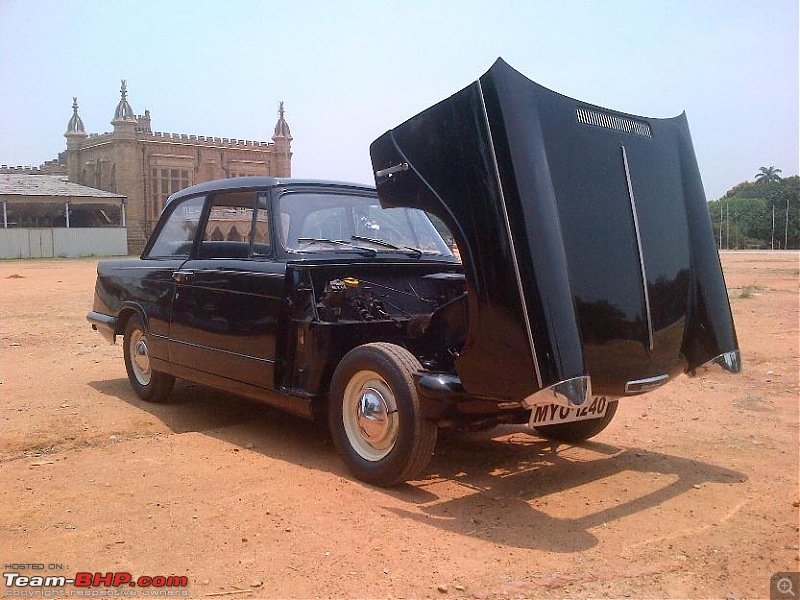
In 1966 (ish) came the first major facelift - the introduction of the Mark II. The front bonnet was now carried over from the six cylinder Vitesse, but with redesigned headlight clusters. The dual headlights gave way to a standard headlight, flanked by a parking light (to the Lucas L691 design) and a tiny indicator light. Badges at the rear now included 'Mark II' script (a part shared with the Amby Mark 2). The spare wheel earlier mounted in the boot was now probably mounted below. I don't think much else changed. Lets call this model the Mark II A.
A page from the owner's manual

The new front end on this lovely example. The smaller indicators should probably be tiny round white lenses. Power blue was a typical colour for these models.
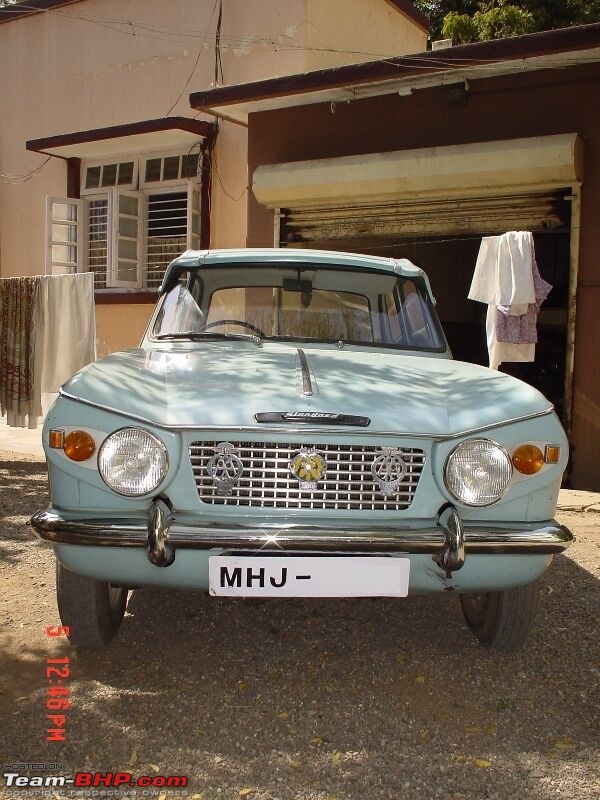
Note the new Mark II script badge. Also note the accessory bumpers - Indian buyers have always loved extra chrome, and painted bumpers on the Herald would have not been that well received.

Here is a superb period photo showing the car with the hardtop removed (easy since it was fitted on bolts). Note the original small indicators.

Then came some more changes. In 1966 itself at some point the rear bootlid lost its recess, giving it a much more plain, unadorned look. The badges position moved to either side of the number plate light. The meter faces were now black from the earlier silver grey. The roof badges were deleted, and was replaced by a pressing. The Amby type hubcaps were
probably replaced by the dimpled ones seen on Triumph cars. Lets call this the Mark II B.
New bootlid and badges placement
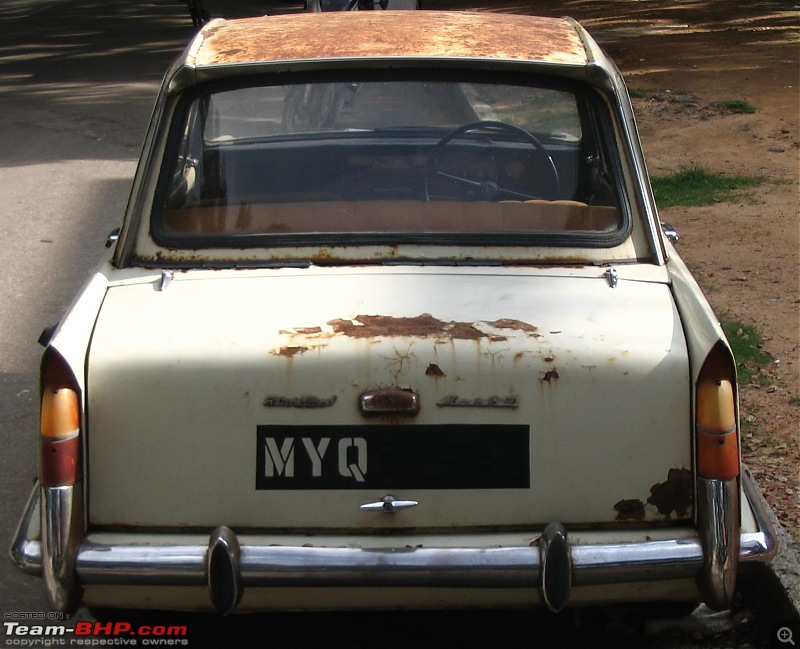
Deleted roof badges replaced by a pressing.

New black faced meters

New dimpled hubaps probably made their debut.
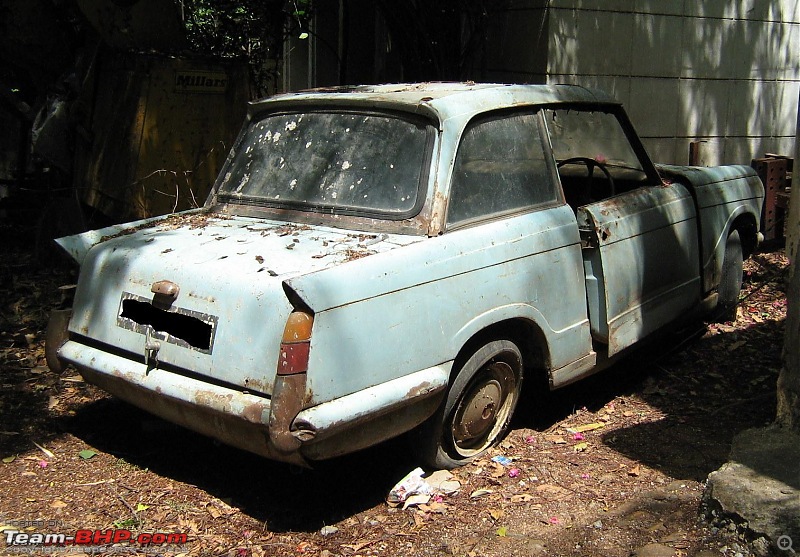
The final iteration of the Mark II got a new design roof (mainly the C pillar). No longer the slender design, this fat pillar combined with the flat bootlid really took away from the good looks of the Herald. Lets call this the Mark II C - I would date it around 1967.
Note another type of accessory rear bumpers.

Next came the biggest change - the introduction of the 4 door Mark III. Sold only in India, it makes this a somewhat rare model in the global scheme of things, though not really popular in India. I would love to have one though

I guess these were introduced around 1968/69, and continued to the early 70s before they were replaced by the Gazel. Other changes included new design parking lights (incorporating the indicators), carried over from Mark 1 B. Also the bonnet badge was a new pressed aluminium design, and the Mark III script was now finally matching the 'Standard' script. The grille was also new, with a finer mesh design. Trim was introduced around the taillights (also seen on some Mark II Cs), and a new steering wheel was introduced, less
dished.
A Mark III brochure.
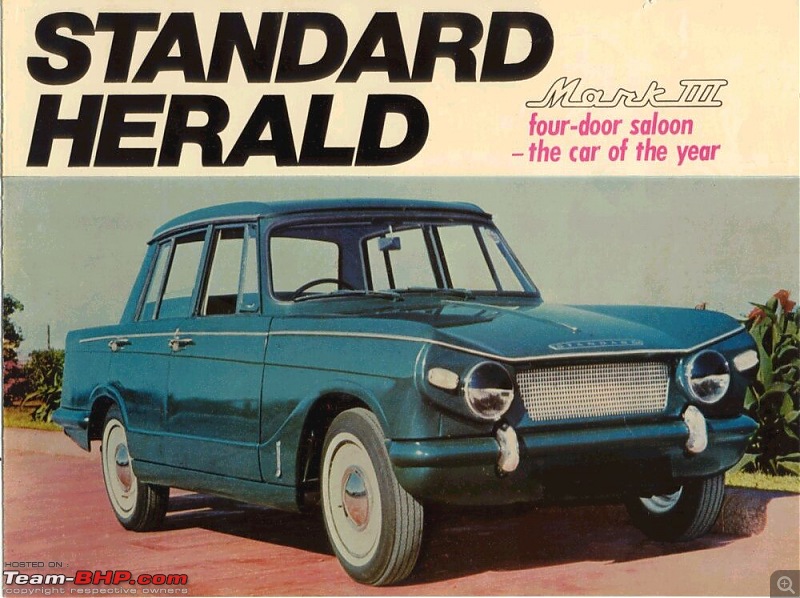
Note the colours offered - Sebring White, Pwder Blue, Phantom Grey, Black and Confier Green. Also note standard tyres were 5.20 13, with optional 5.60 13 offered.

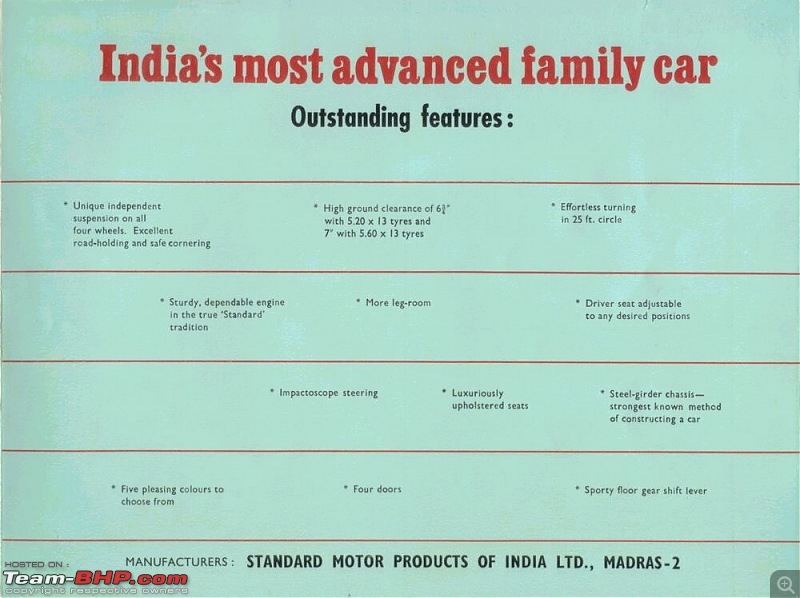

Here is a nice example with period accessories, hopefully being restored.
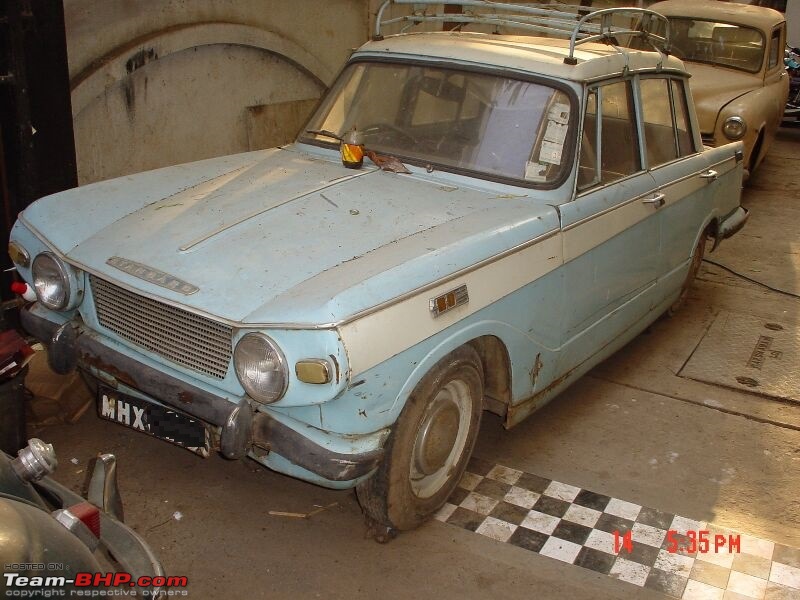

Note the Mark III script now matches the Standard script.

Interiors


 (17)
Thanks
(17)
Thanks

 (21)
Thanks
(21)
Thanks

 (14)
Thanks
(14)
Thanks

 (13)
Thanks
(13)
Thanks

 (16)
Thanks
(16)
Thanks

 (8)
Thanks
(8)
Thanks

 (9)
Thanks
(9)
Thanks

 (10)
Thanks
(10)
Thanks

 (10)
Thanks
(10)
Thanks

 (19)
Thanks
(19)
Thanks

 (1)
Thanks
(1)
Thanks

 (11)
Thanks
(11)
Thanks

 (18)
Thanks
(18)
Thanks

 (8)
Thanks
(8)
Thanks
 (1)
Thanks
(1)
Thanks
























 I guess these were introduced around 1968/69, and continued to the early 70s before they were replaced by the Gazel. Other changes included new design parking lights (incorporating the indicators), carried over from Mark 1 B. Also the bonnet badge was a new pressed aluminium design, and the Mark III script was now finally matching the 'Standard' script. The grille was also new, with a finer mesh design. Trim was introduced around the taillights (also seen on some Mark II Cs), and a new steering wheel was introduced, less dished.
I guess these were introduced around 1968/69, and continued to the early 70s before they were replaced by the Gazel. Other changes included new design parking lights (incorporating the indicators), carried over from Mark 1 B. Also the bonnet badge was a new pressed aluminium design, and the Mark III script was now finally matching the 'Standard' script. The grille was also new, with a finer mesh design. Trim was introduced around the taillights (also seen on some Mark II Cs), and a new steering wheel was introduced, less dished.







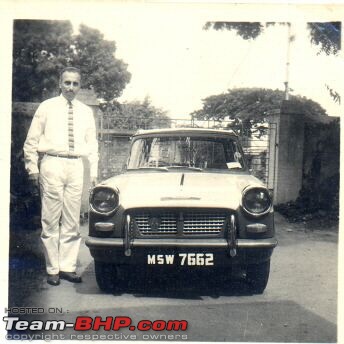




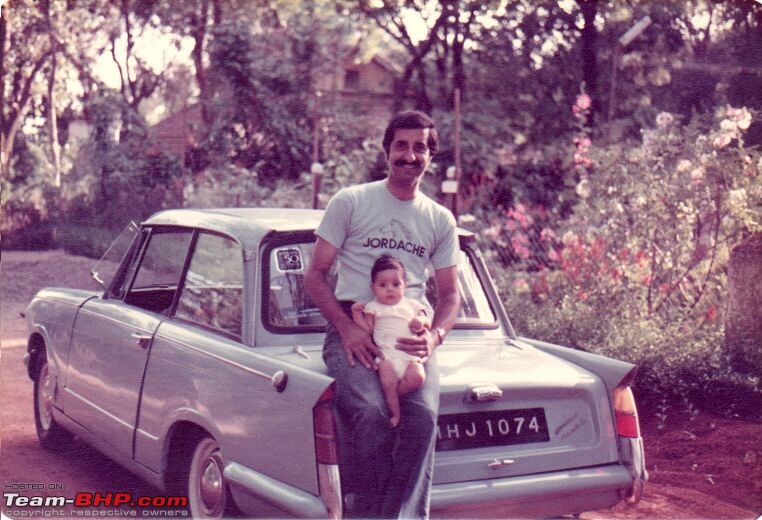
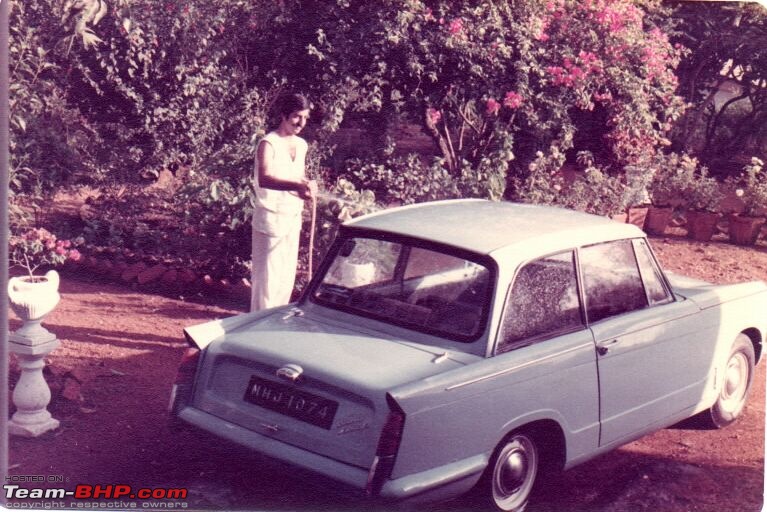
 .
.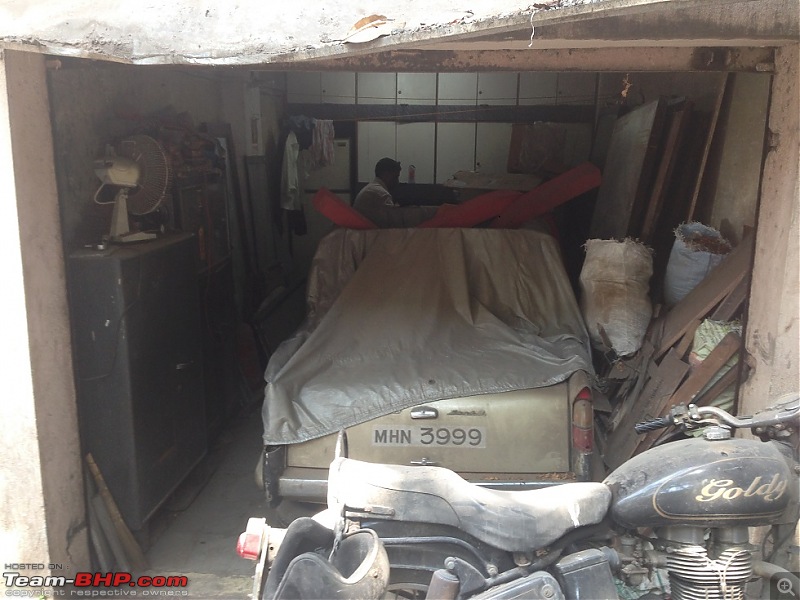
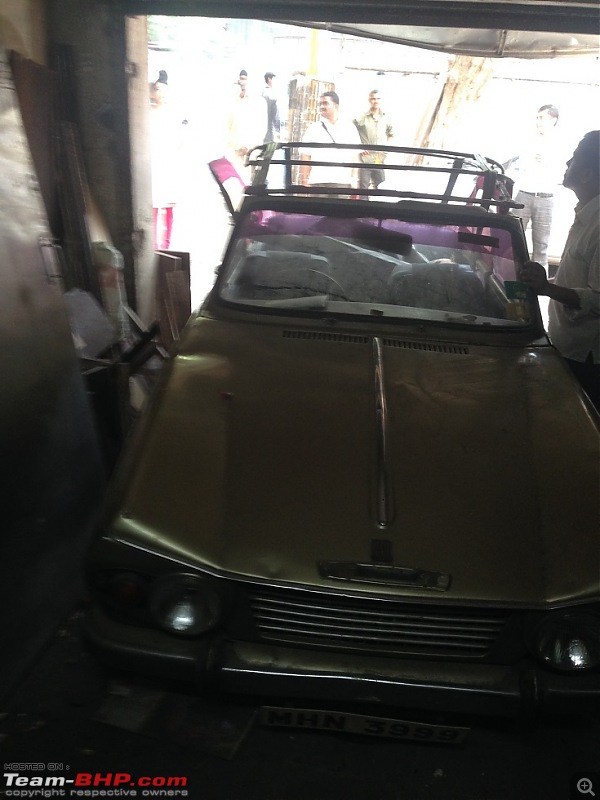

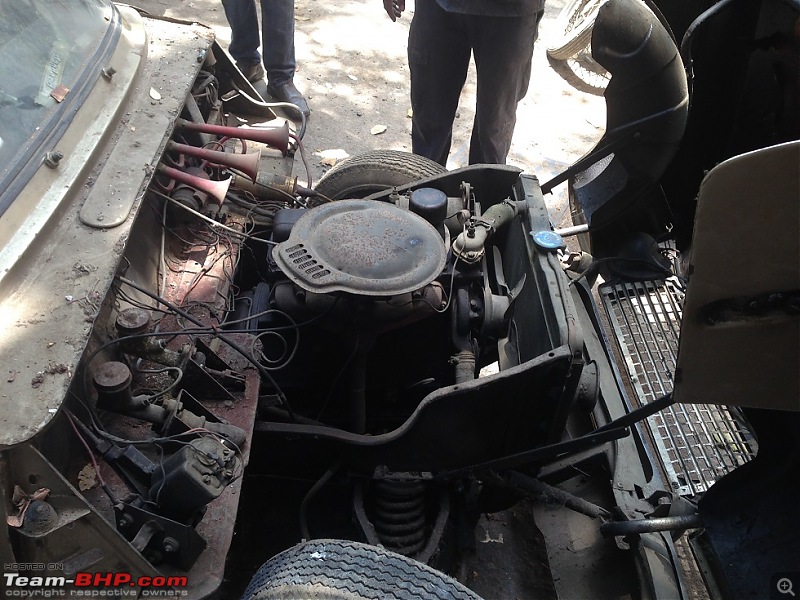
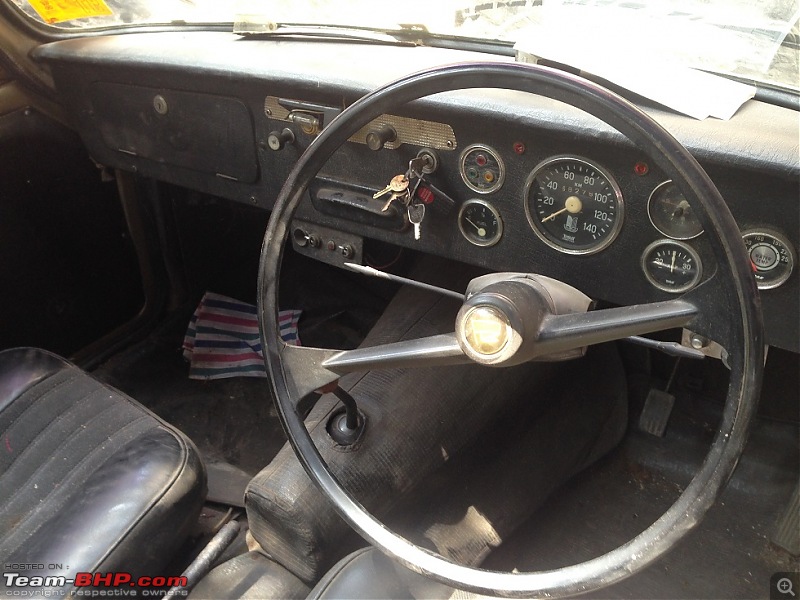


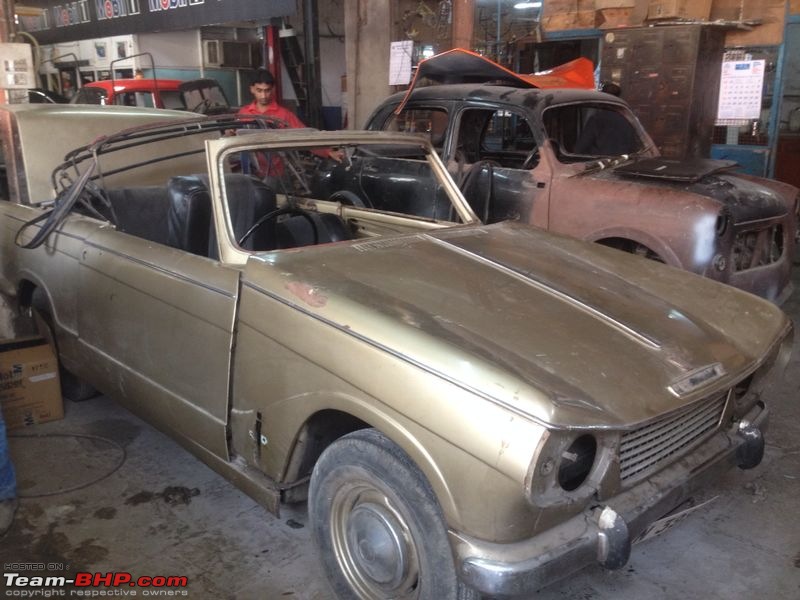





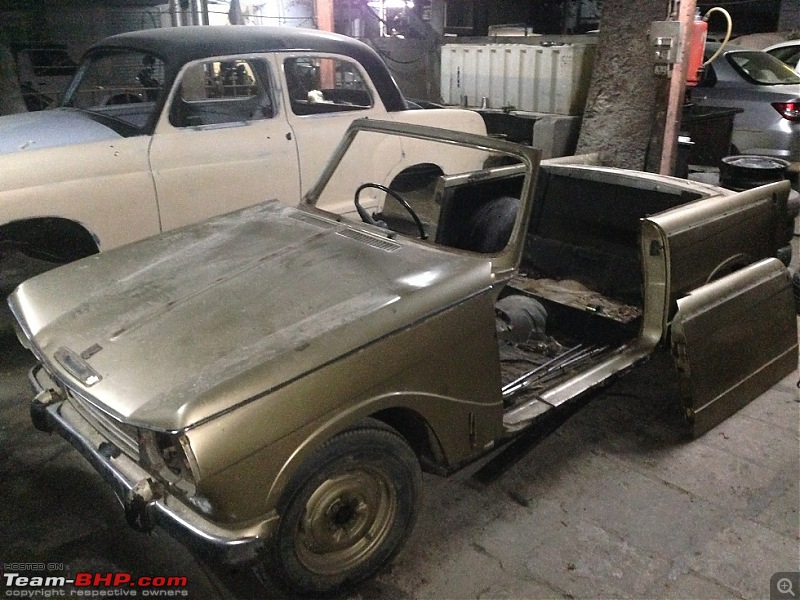



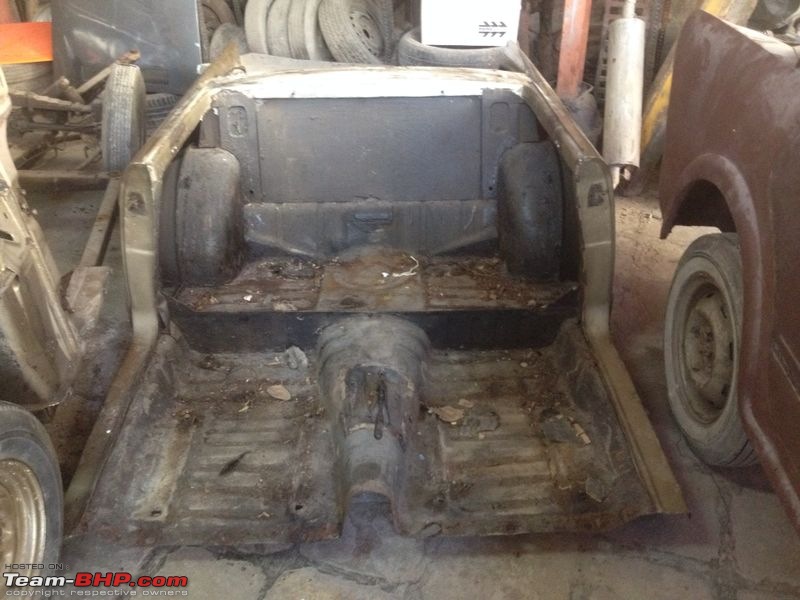







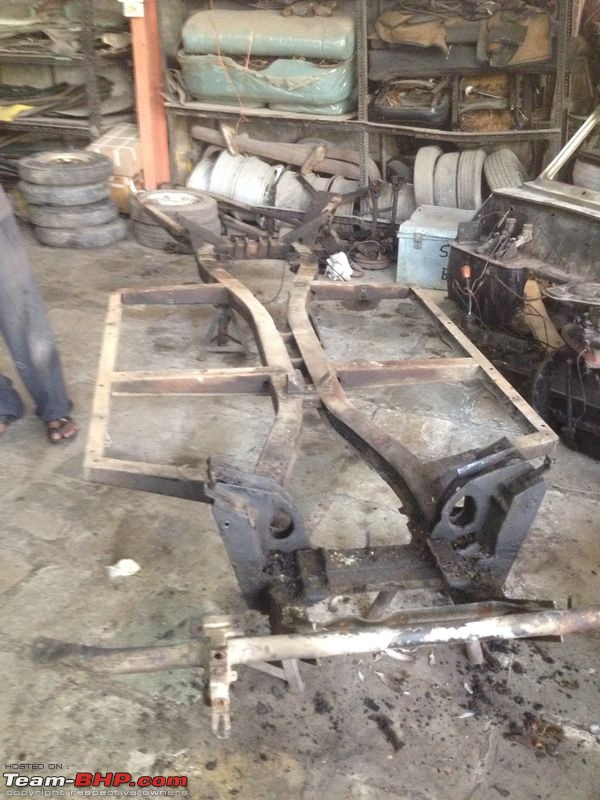



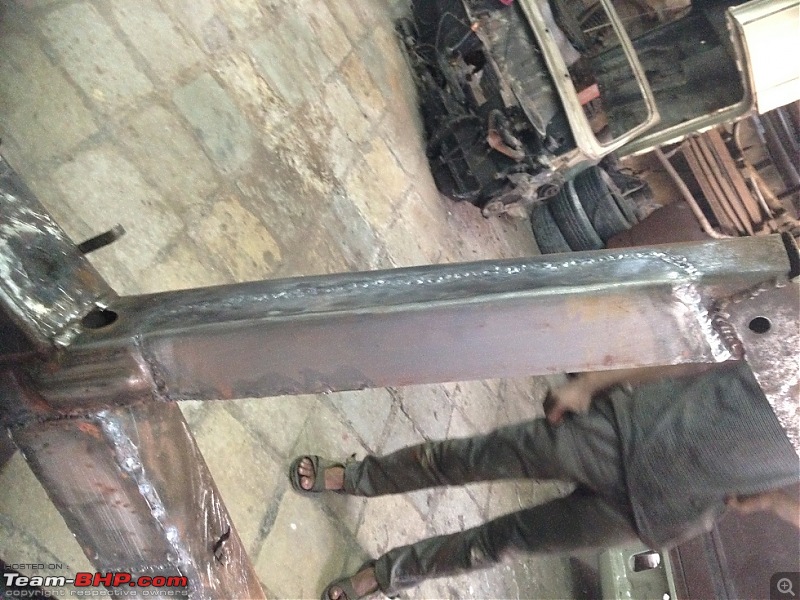

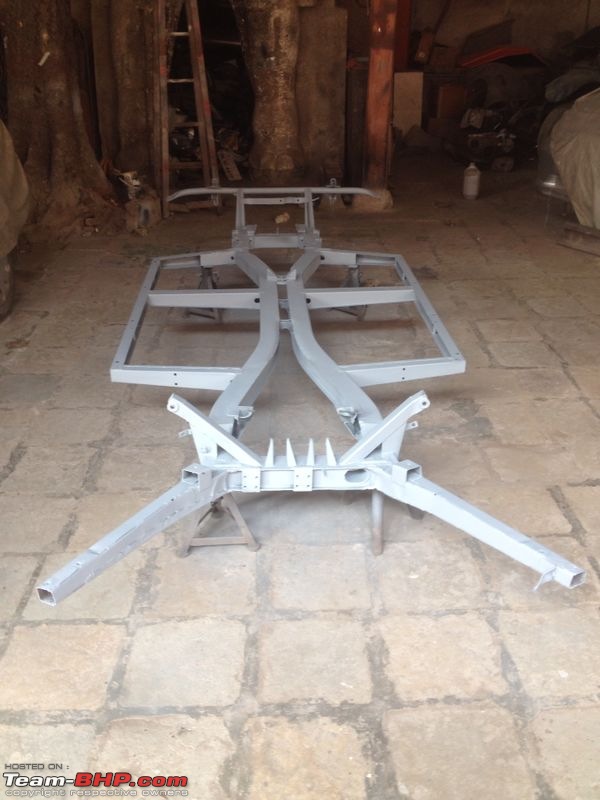
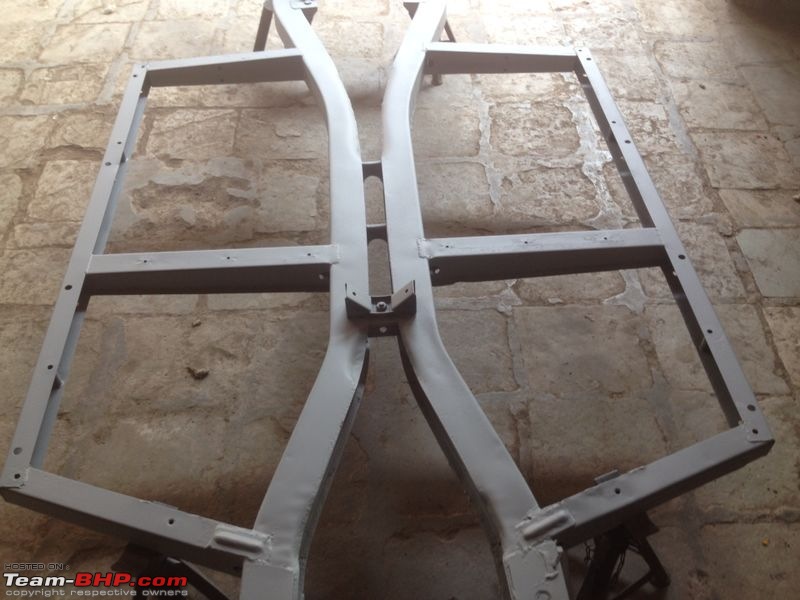


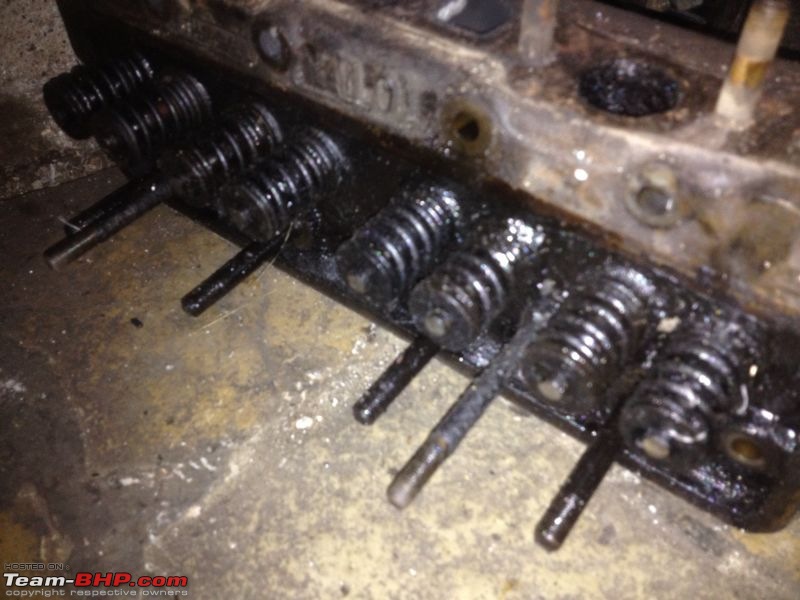
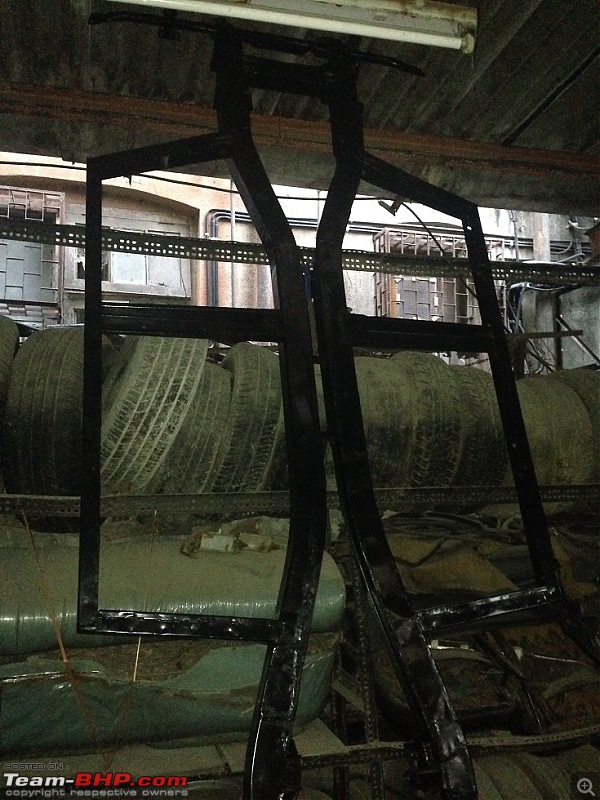
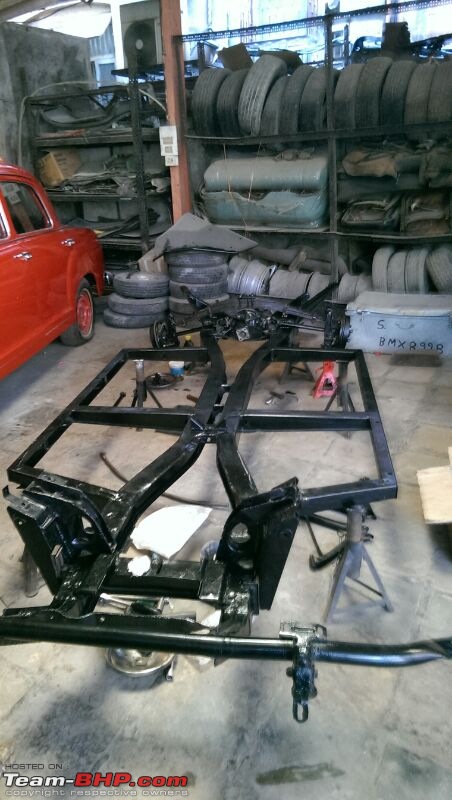





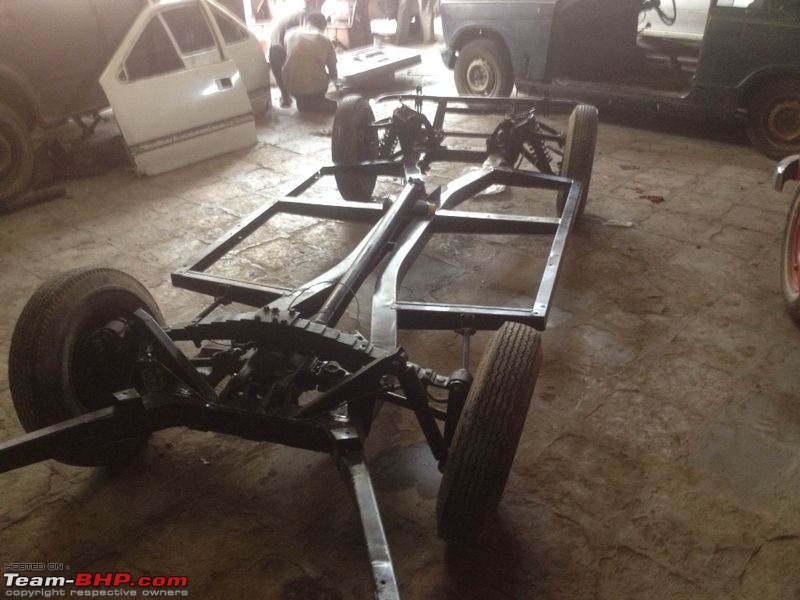


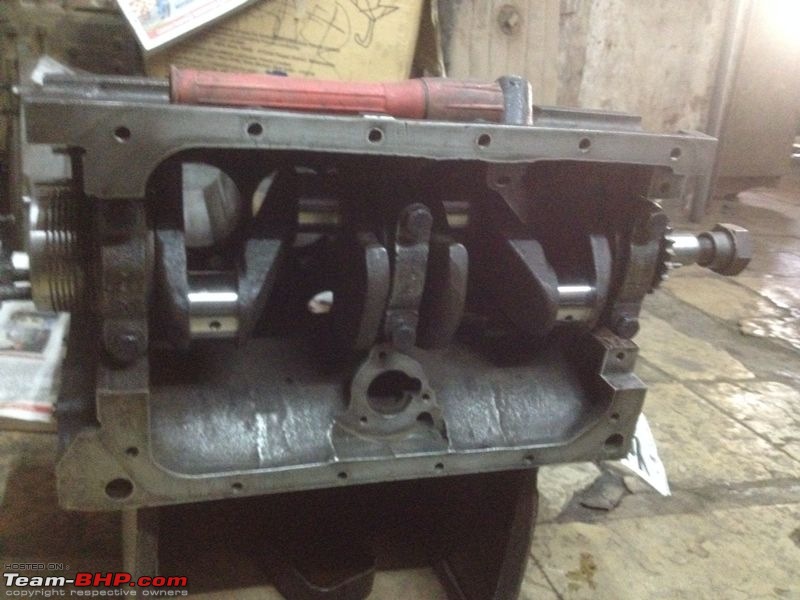
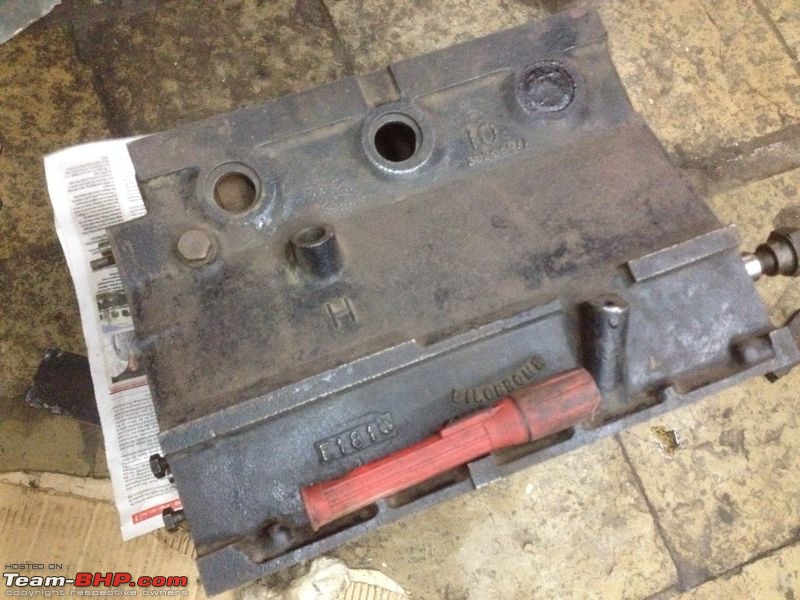
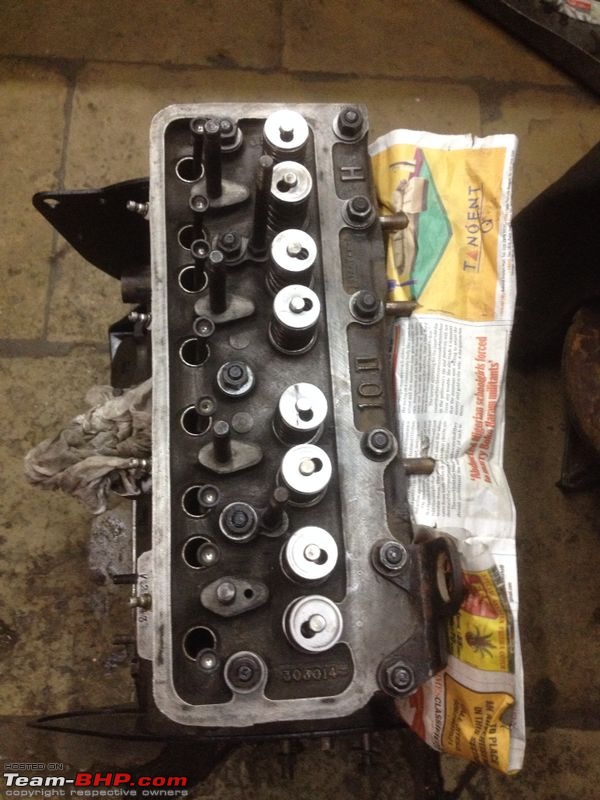
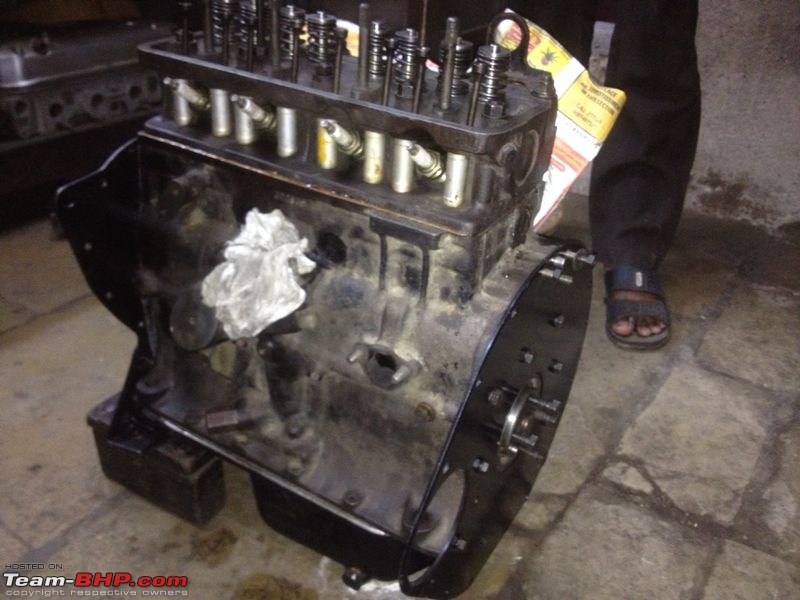

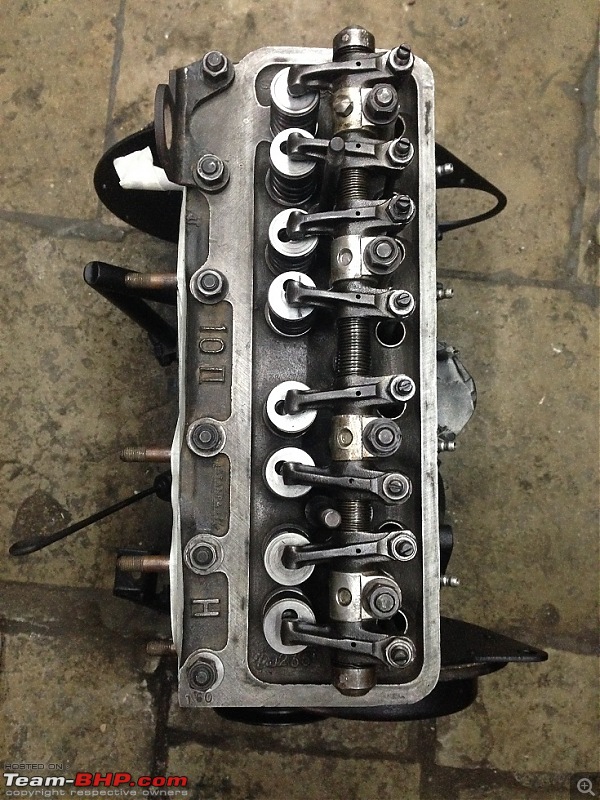
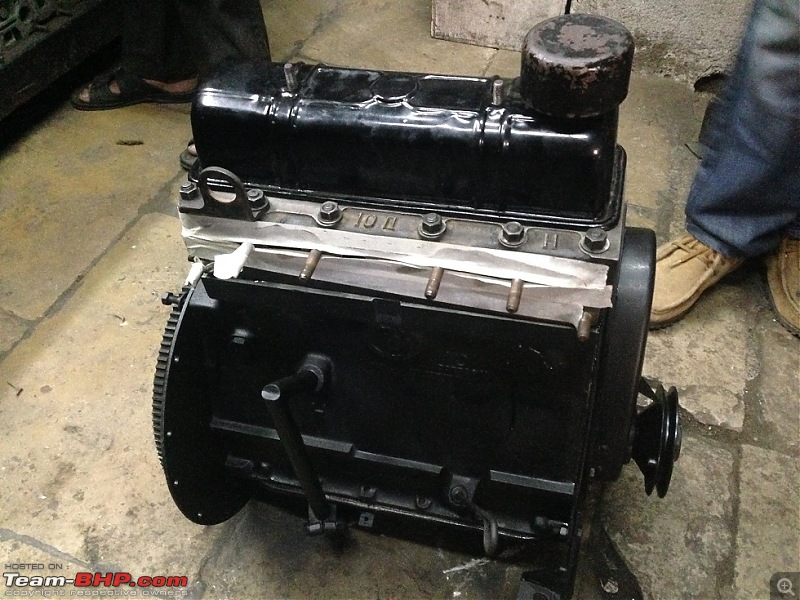


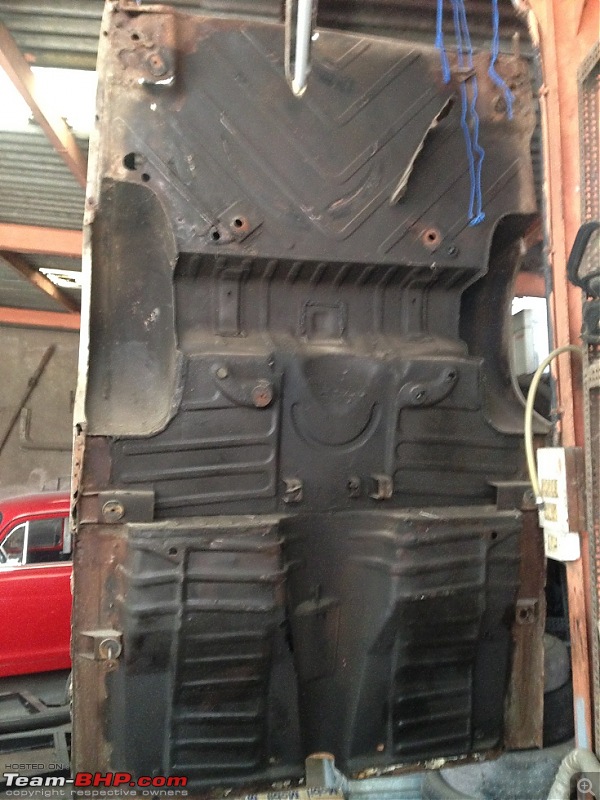




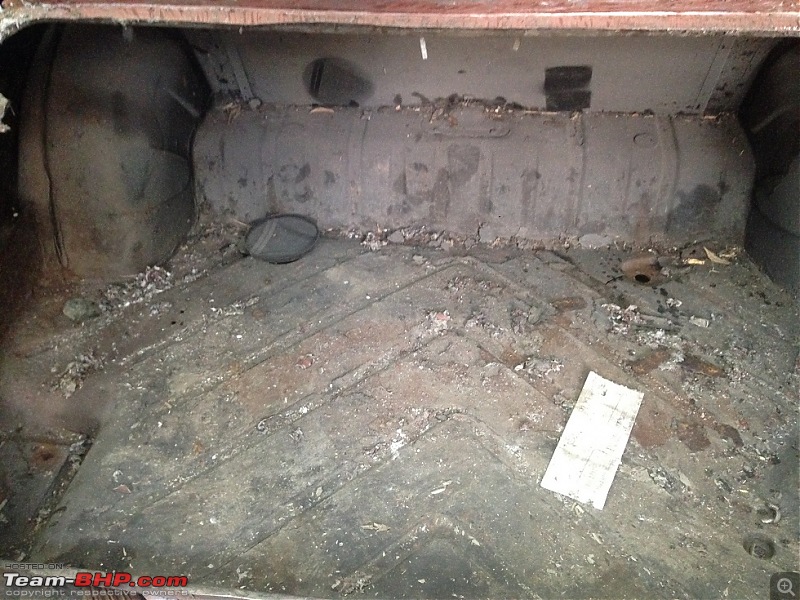


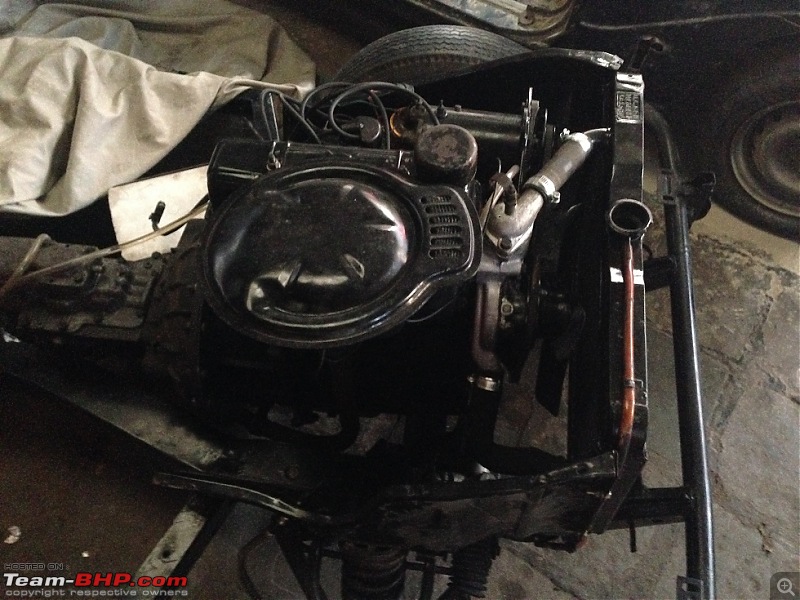


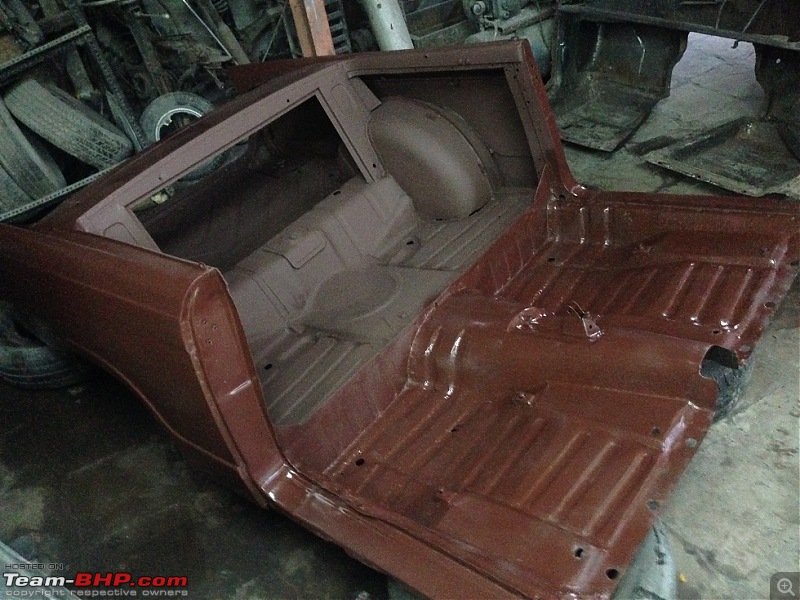





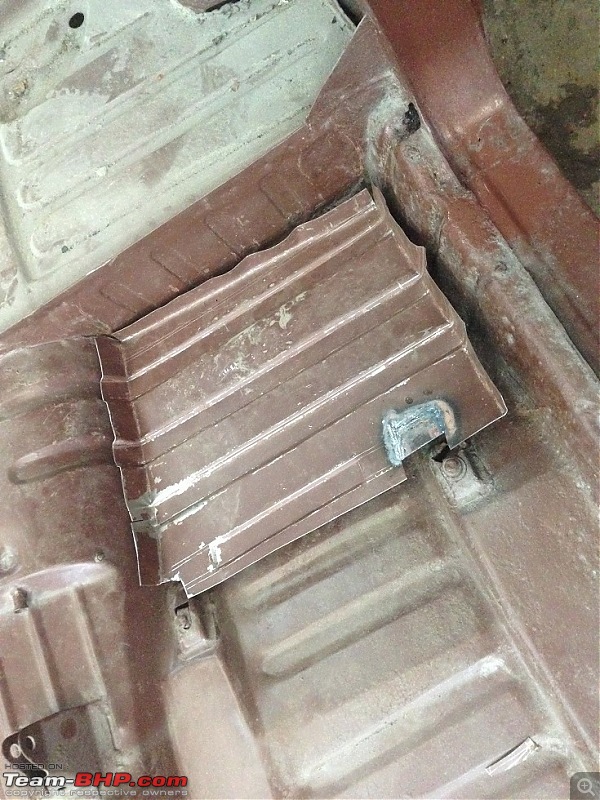
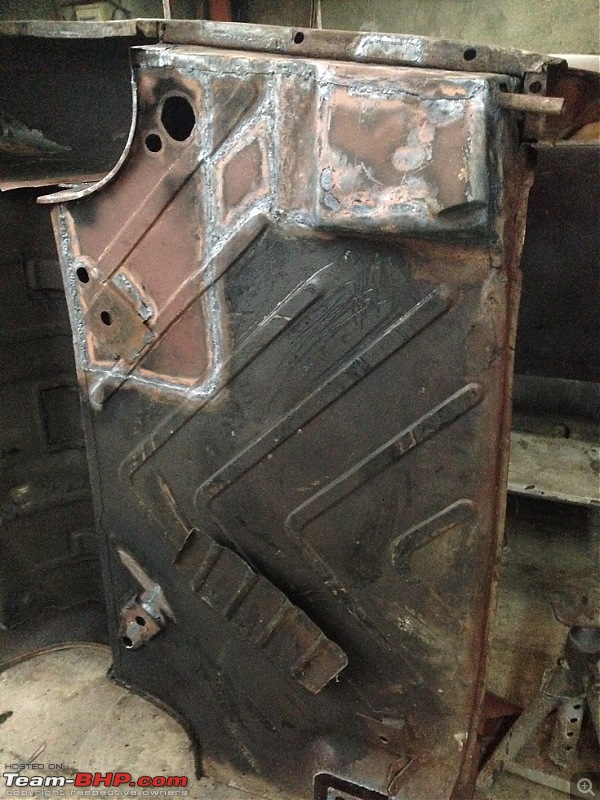



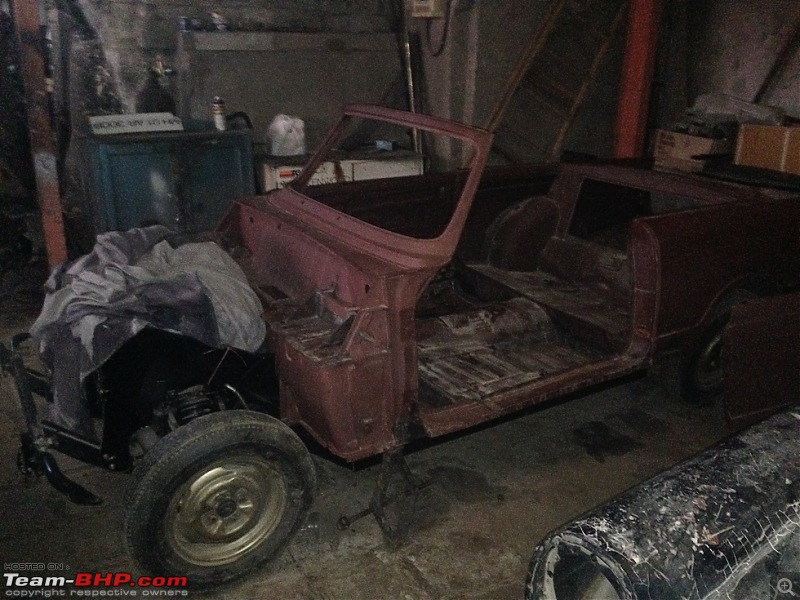
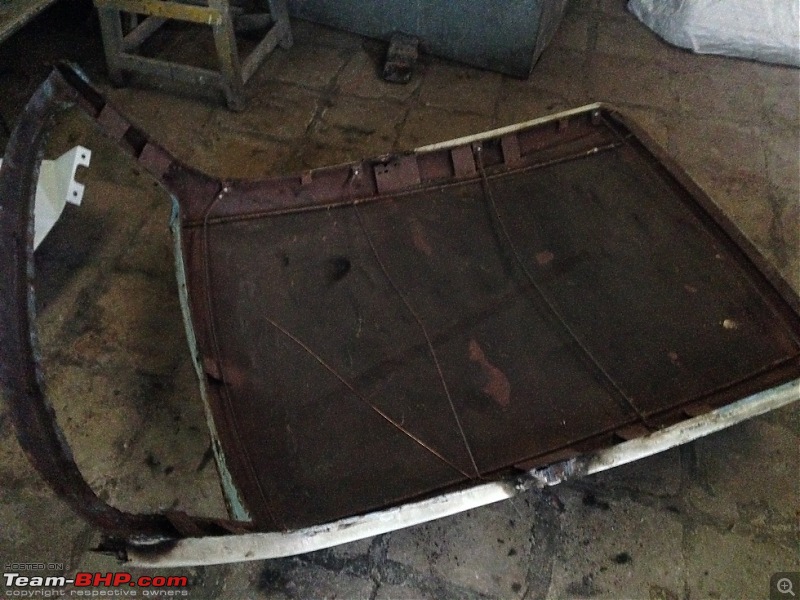
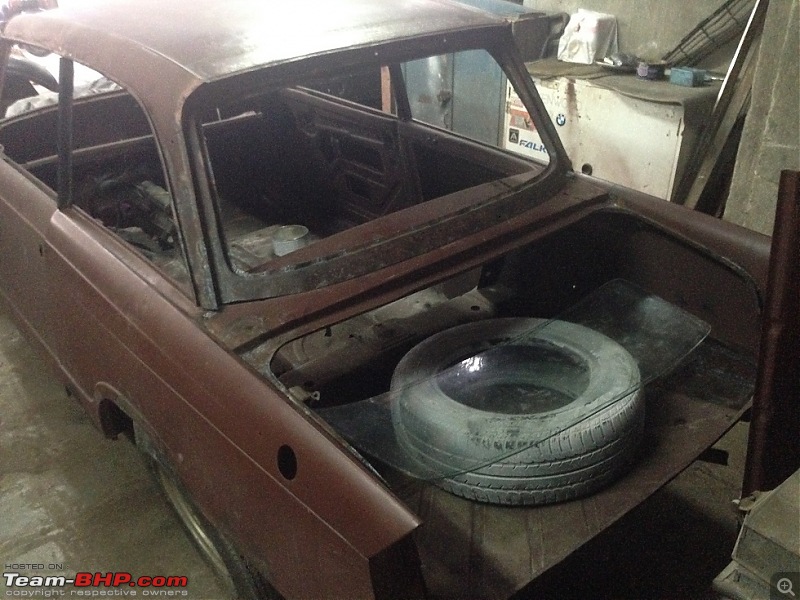


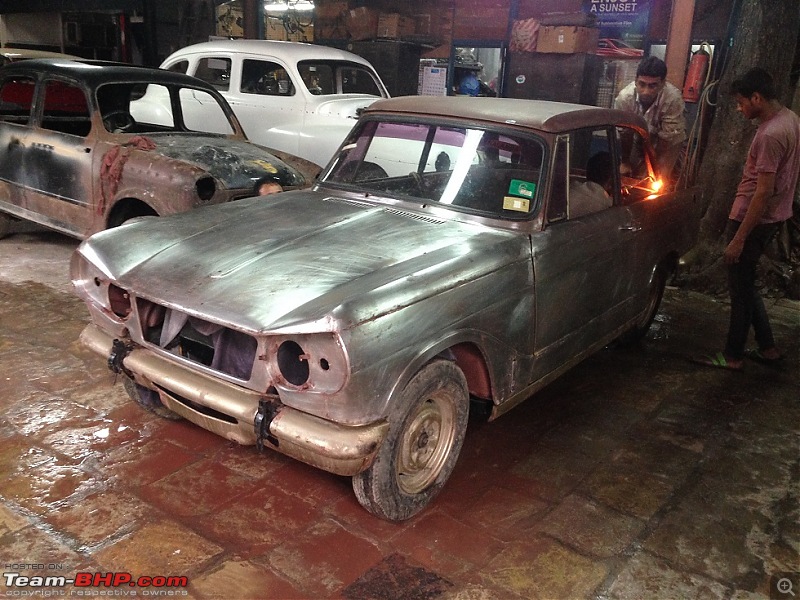
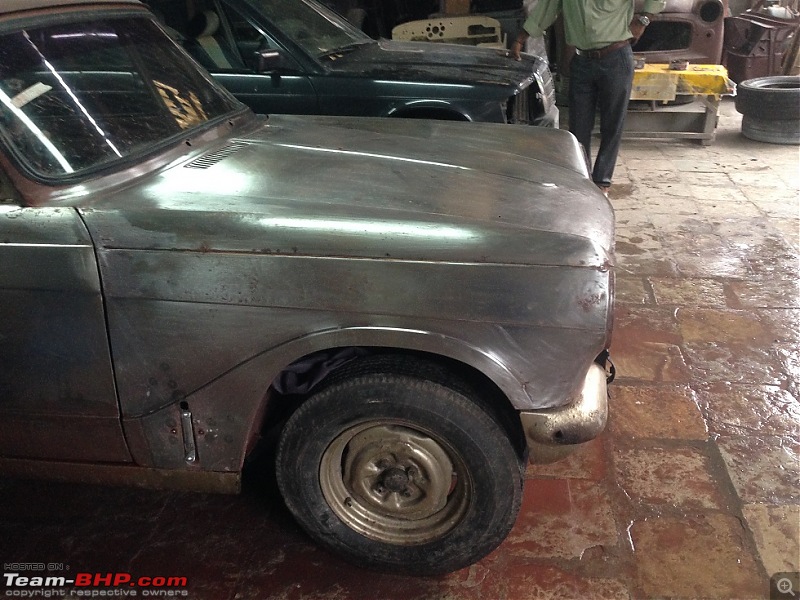



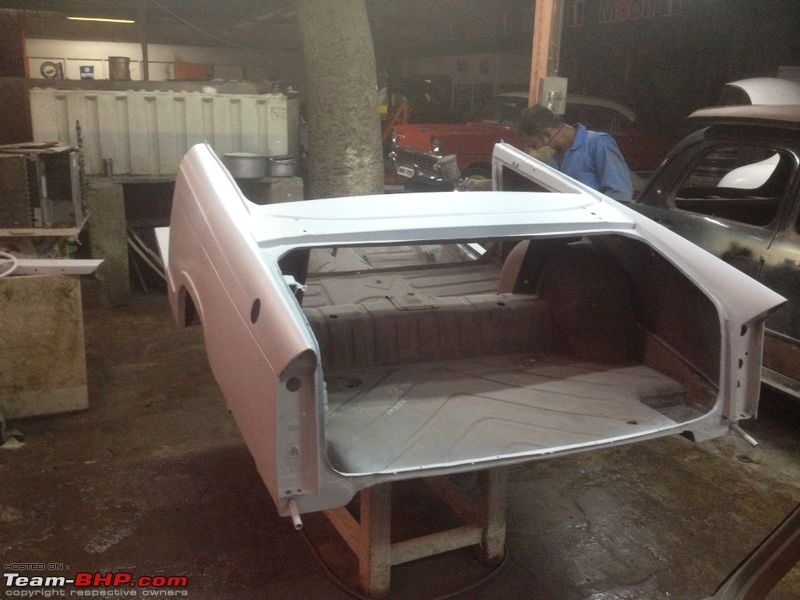


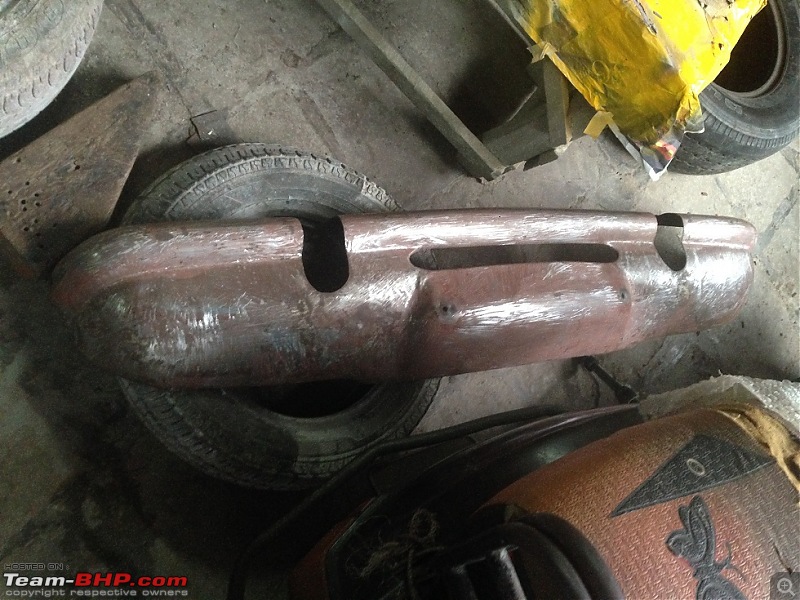
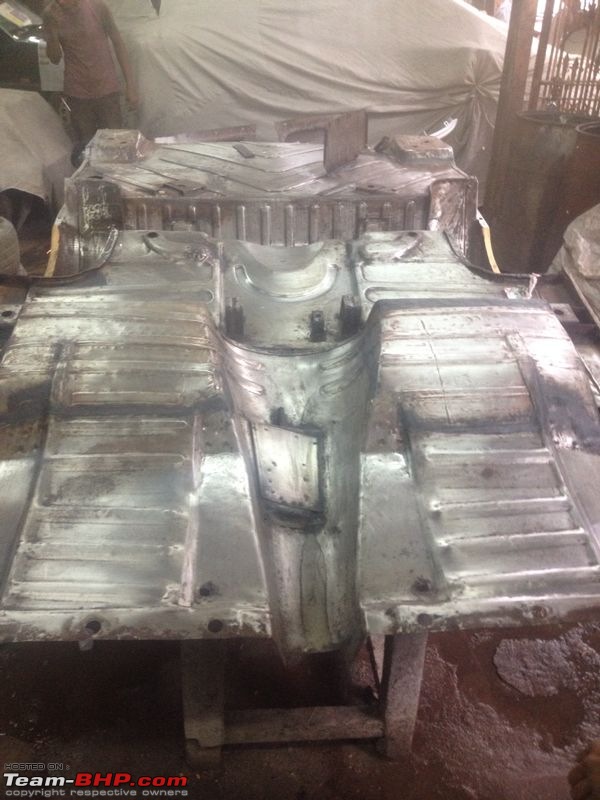




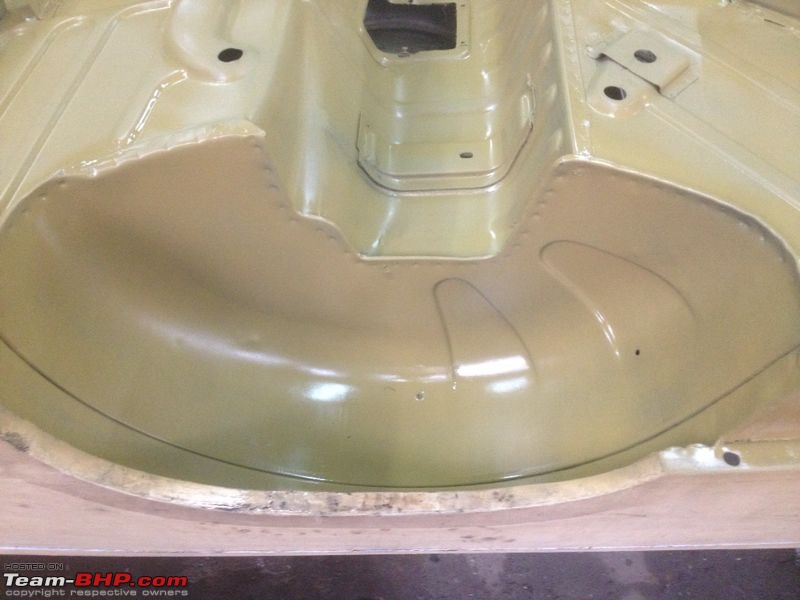

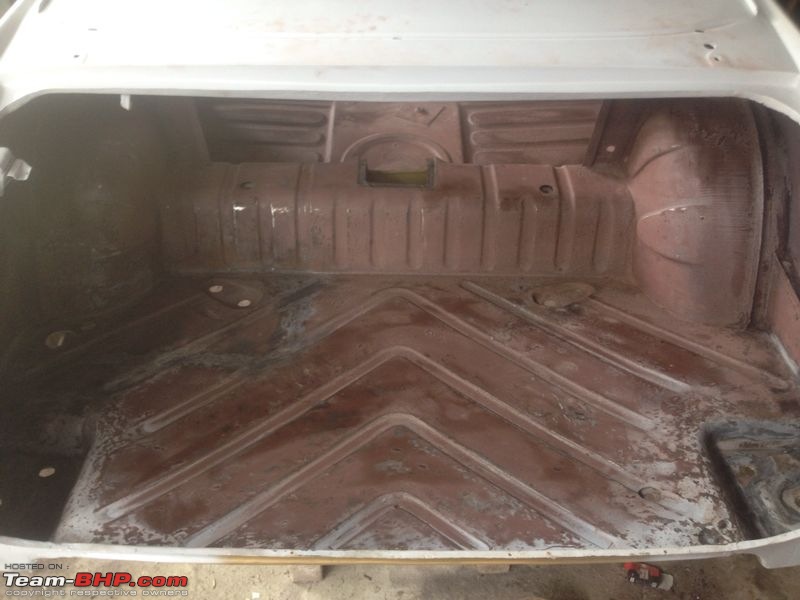






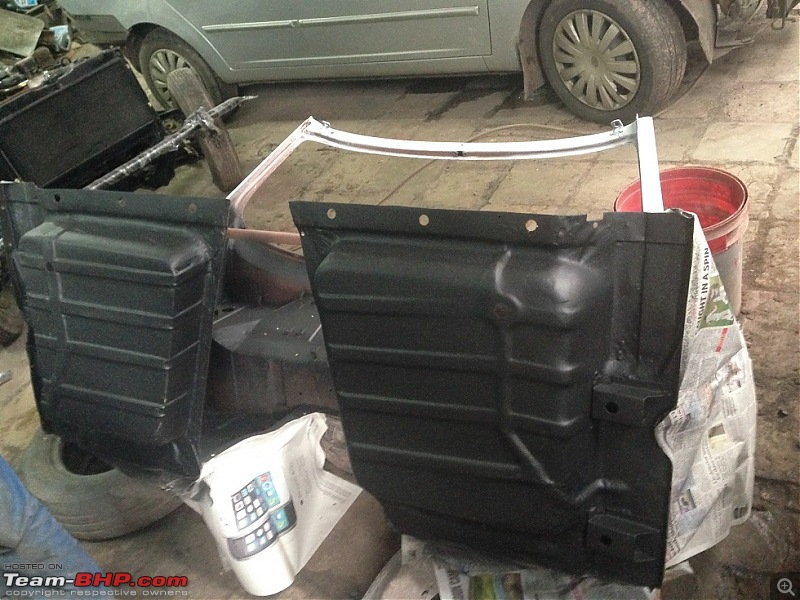

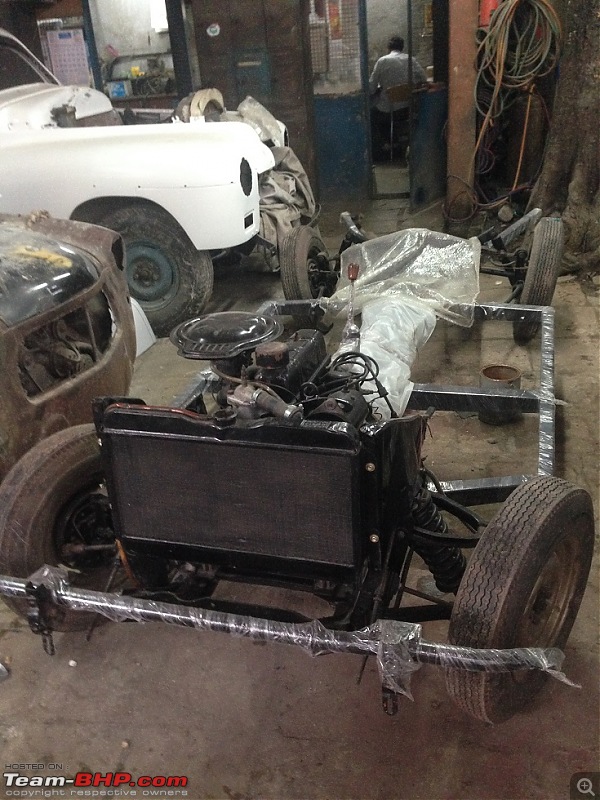
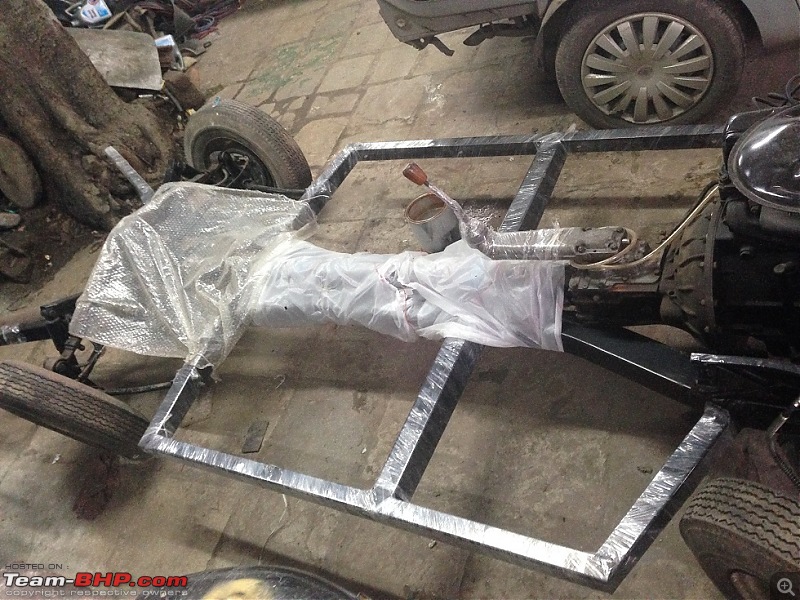



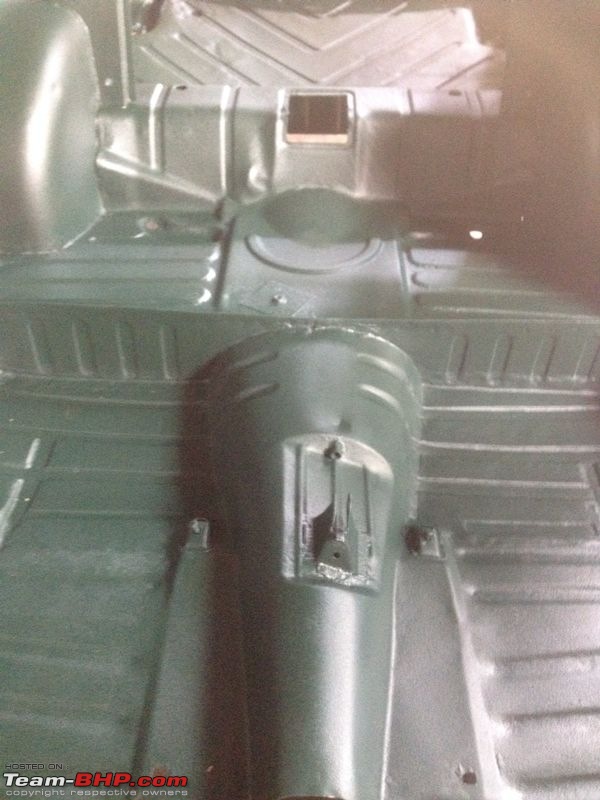
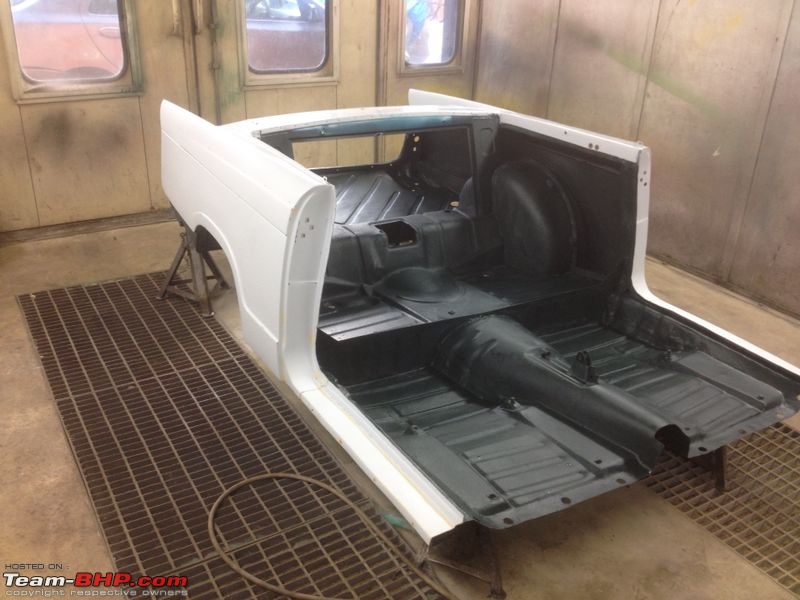
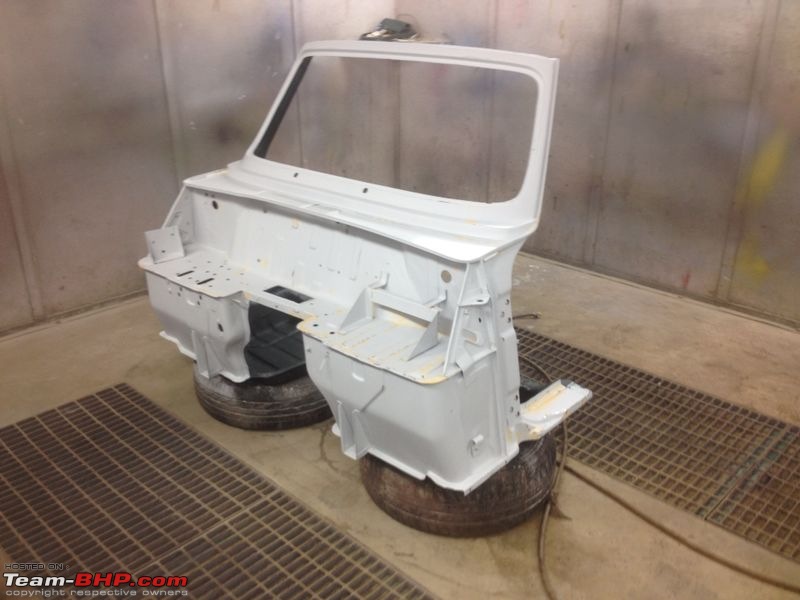

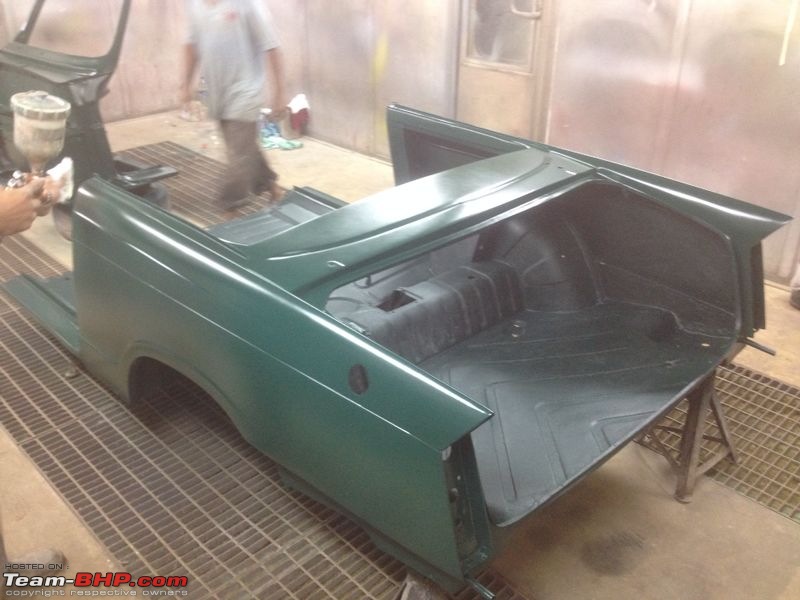


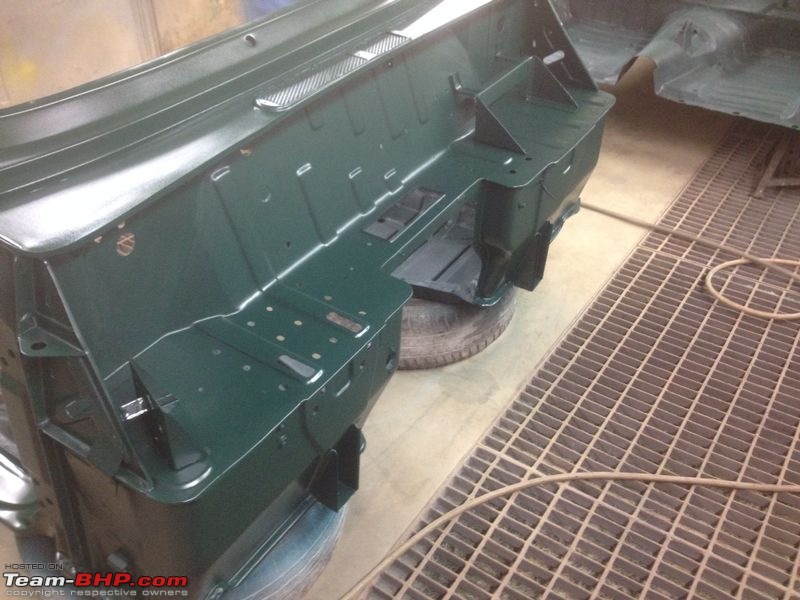

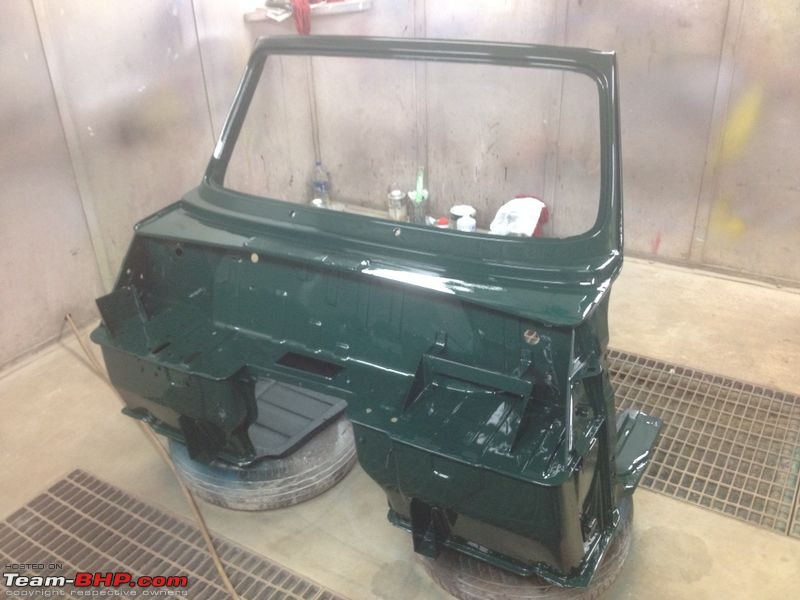


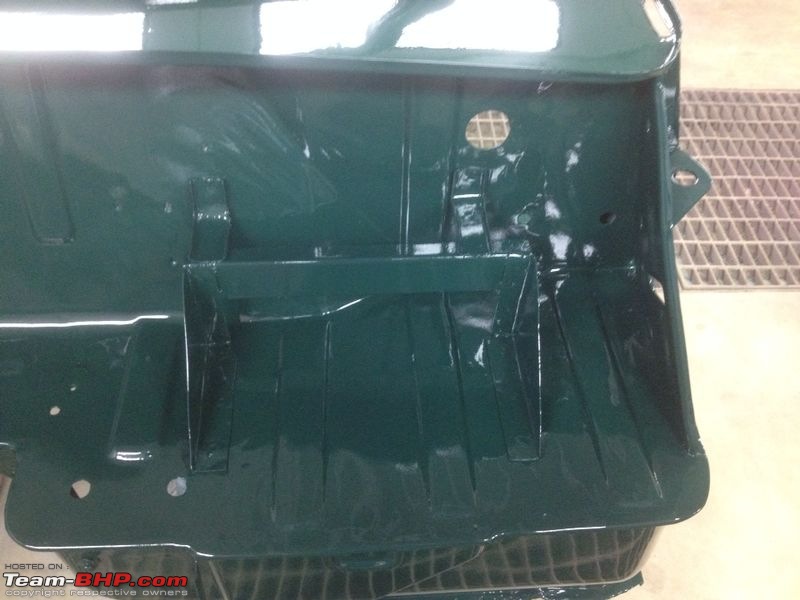


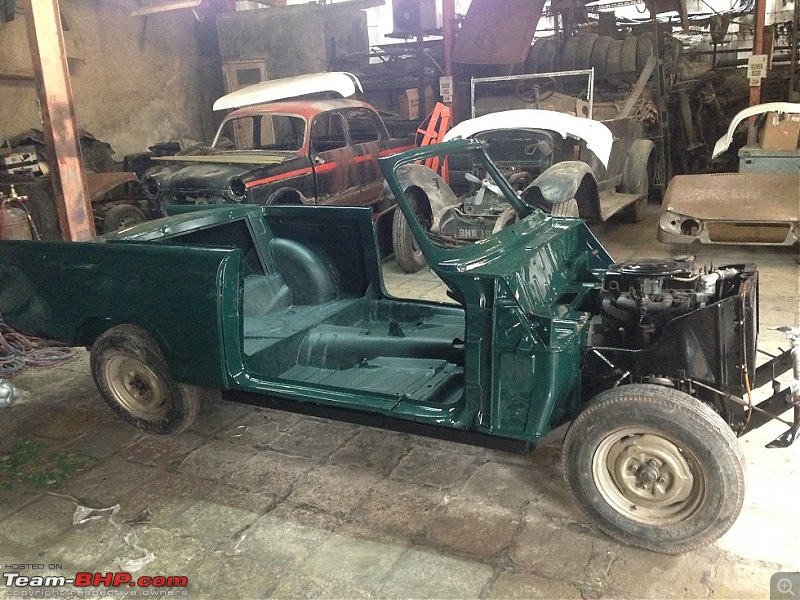



 .
.